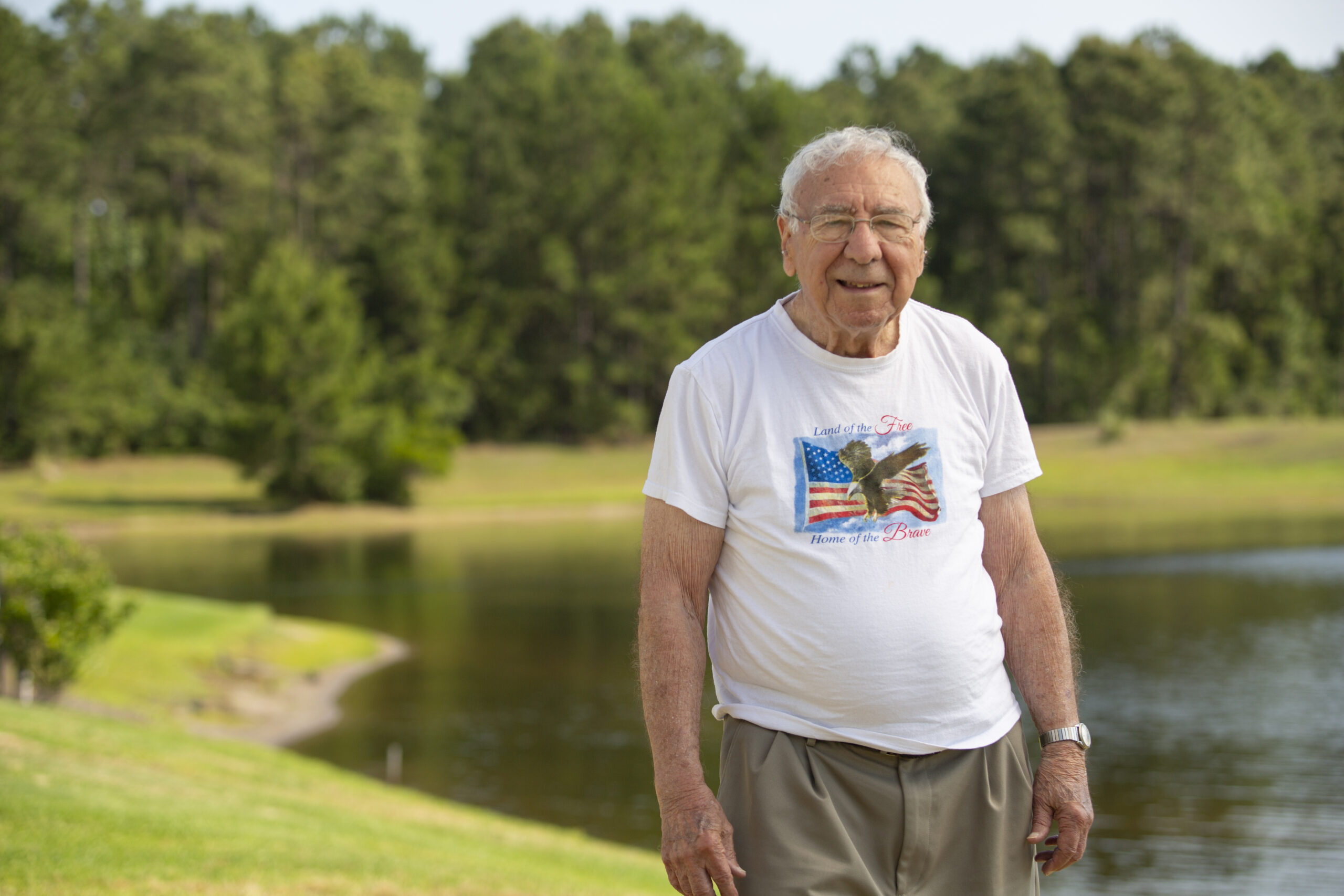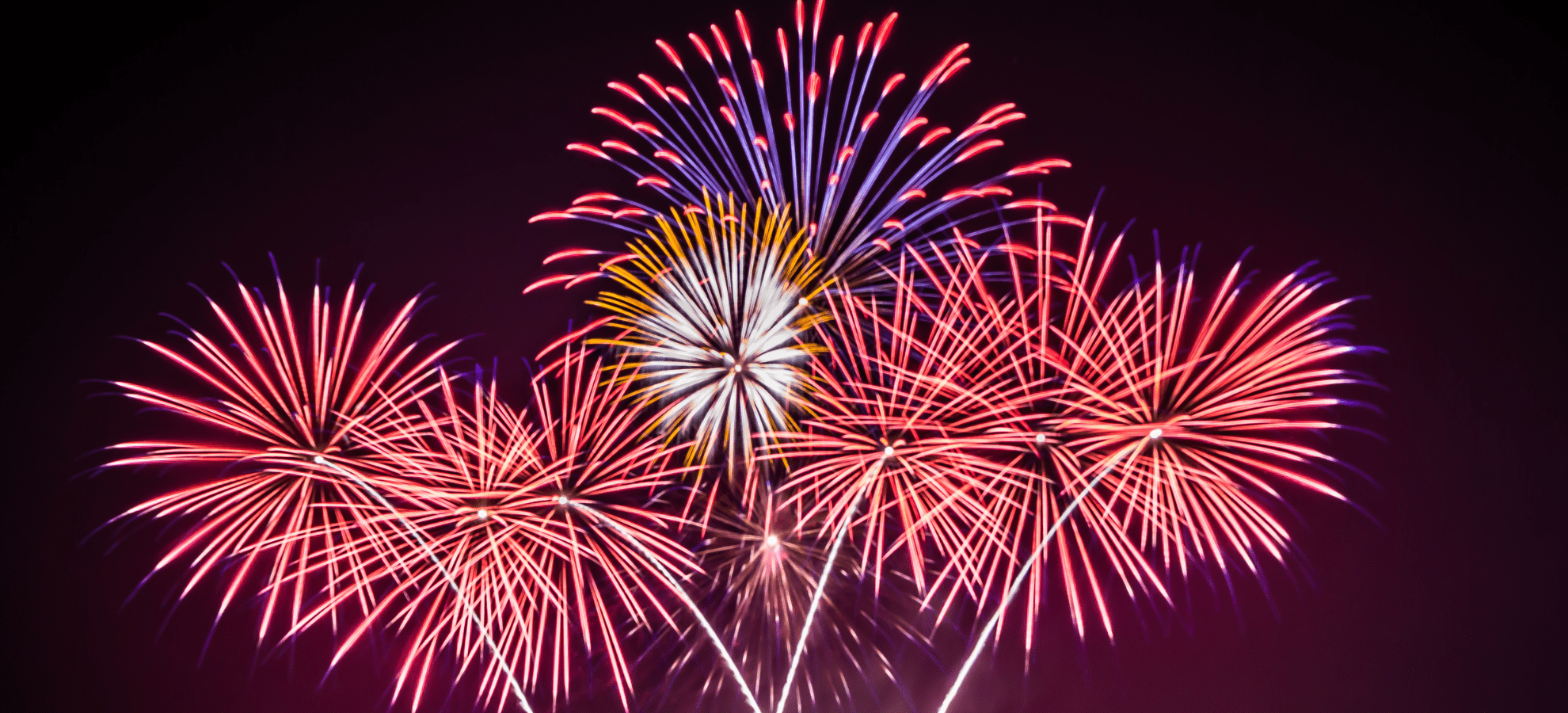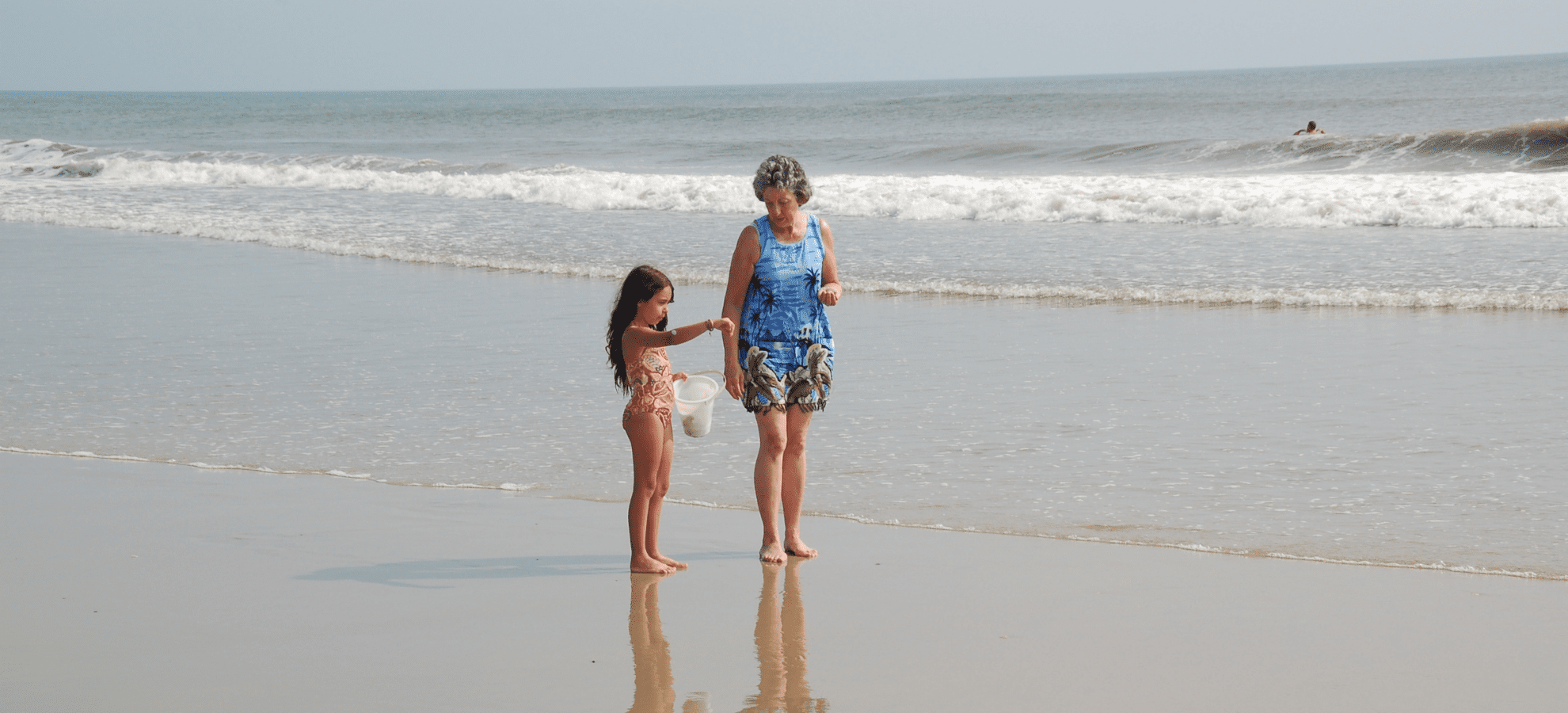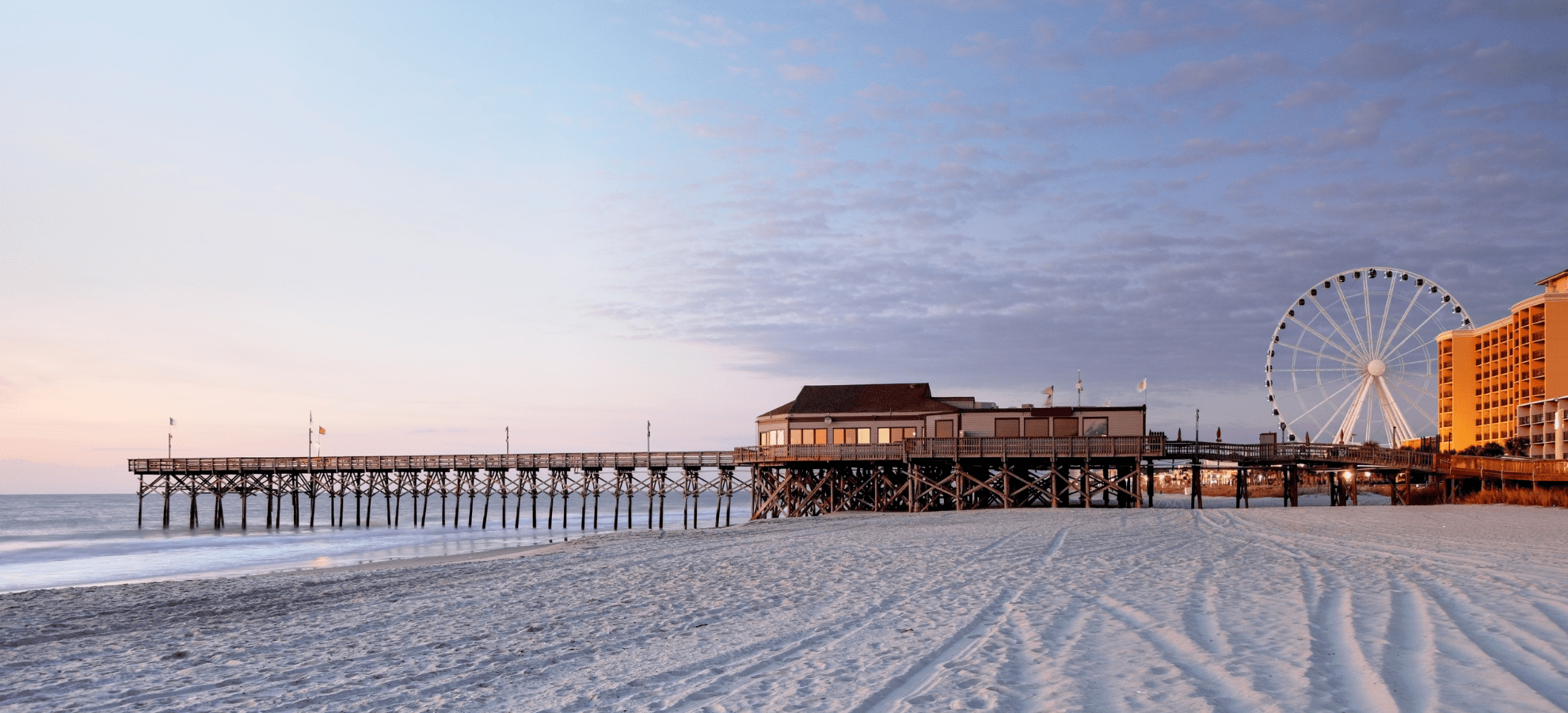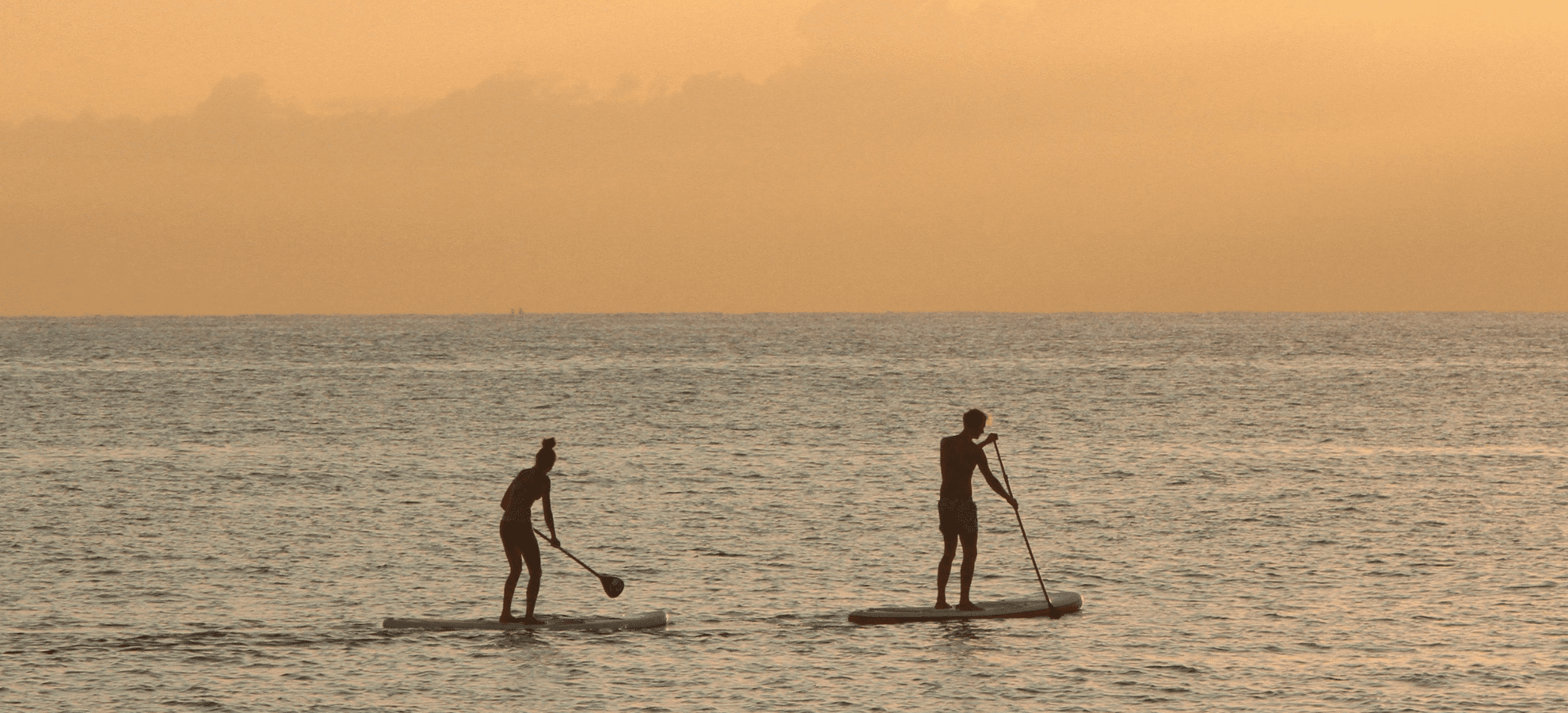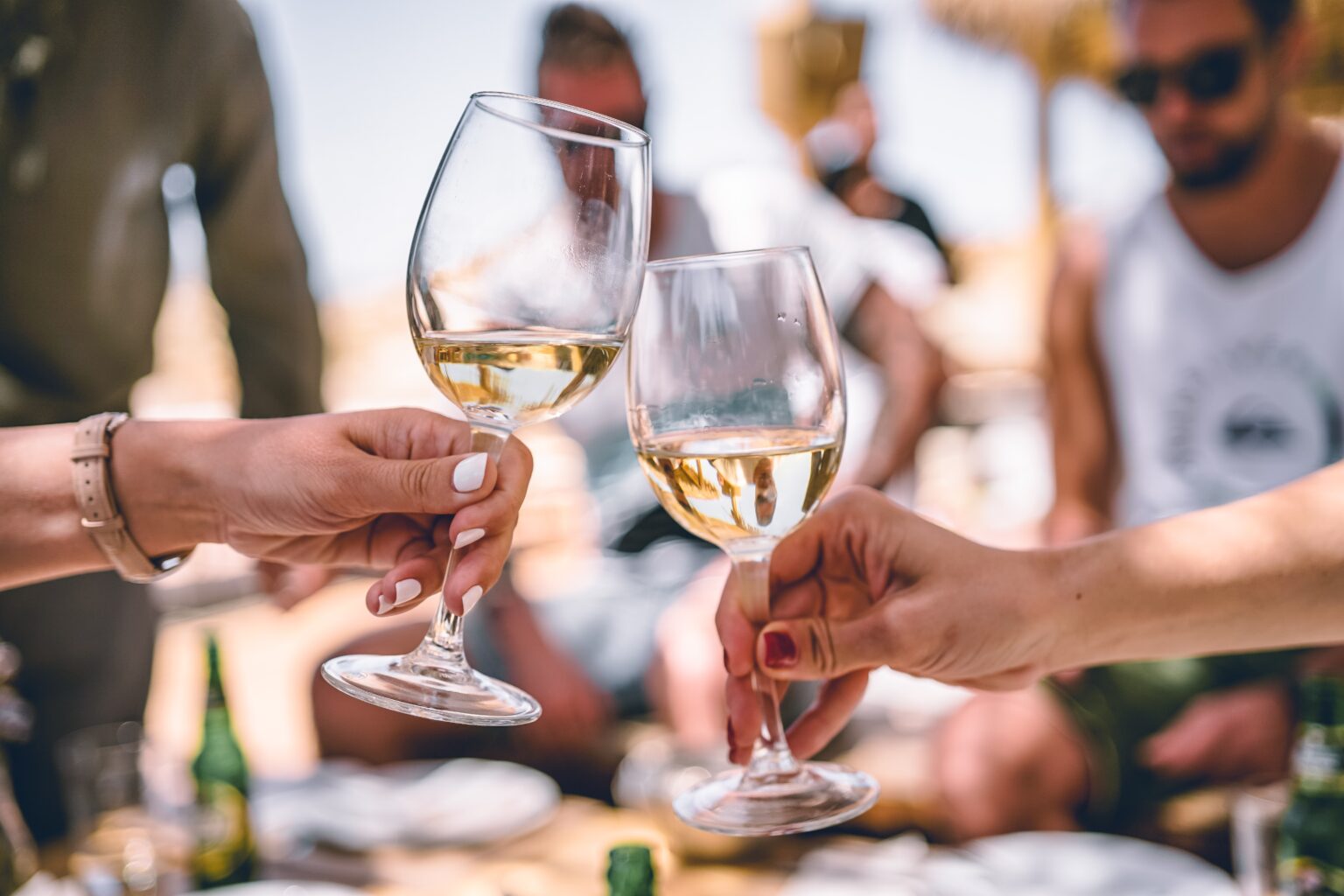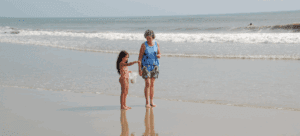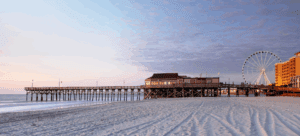WWII South Pacific Army Infantry Veteran
Celebrate Our Veteran gives voice to the stories of the U.S. military veterans living amongst us. The actions of these brave and dedicated people, who have served our country both in active military duty as well as administrative positions, have and continue to contribute to the protection and preservation of us and our country.
We hope that this section of our paper is an opportunity for our community to hear and see veterans with new eyes, and for veterans to receive recognition and honor for their experiences and life journeys.
This month’s Celebrate Our Veteran recounts the story of Alan Green, as told in his own words.
by Melissa LaScaleia
“I was drafted in Pennsylvania and from there I was sent to Oregon as part of the United States Army Infantry during World War II.
From there, half of us went to Europe, and the other half were sent down the coast of California. I was part of the group that went to California, where we were in training to invade one of the islands in the South Pacific.
World War II was fully on at this time. They needed people who were trained, so we did a lot of training up and down the rope nets. When we went overseas, our first stop was Hawaii. We did more training there.
We invaded the big island nation of Palau; we got slaughtered there. After that, we went to the small island of Angaur. I was trained as a flame thrower. My squadron invaded in the fourth wave.
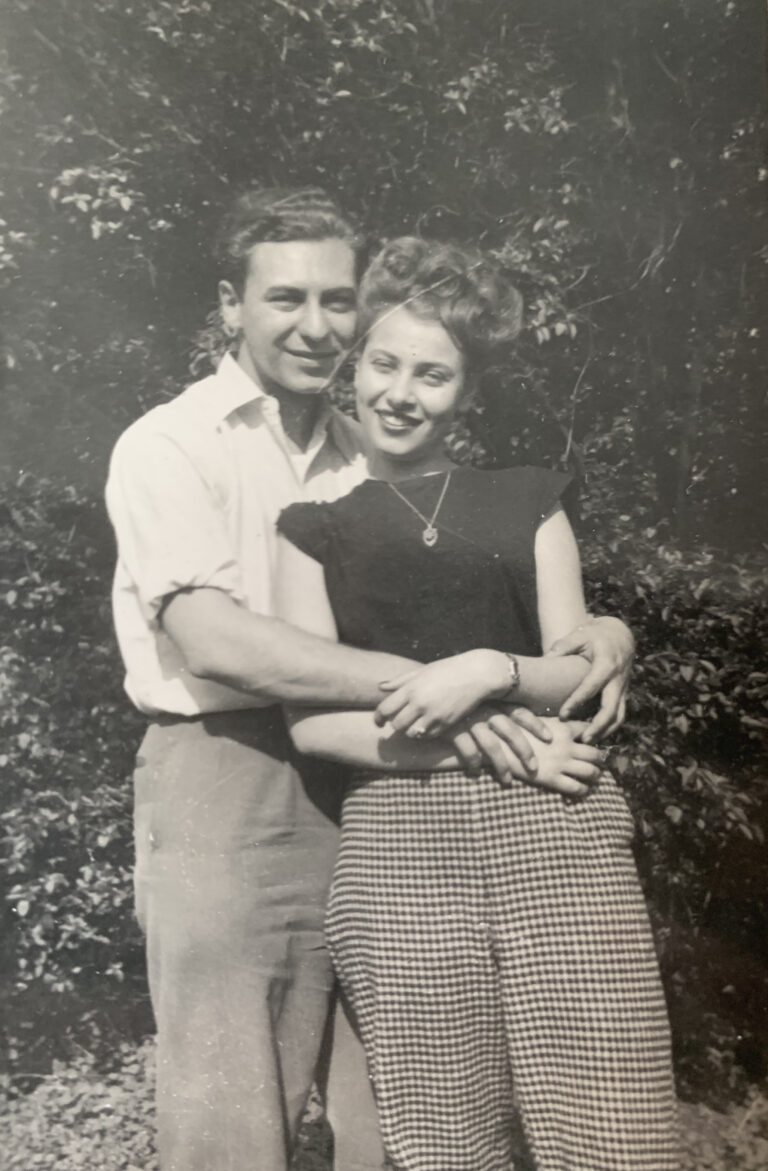
The island was only one-and-a-half miles wide by two-and-a-quarter miles long, but it took thirty-six days for us to take that island because it was all carved rock. Hikes involved a straight climb of about 150 feet up, then a plateau, then down and then up again.
I only lasted 15 days before I got shot by the Japanese. We were up on top of one of these cliffs when it happened.
I was leaning back to get my rifle, and I was staring at this man across the way, wondering if he was an American or Japanese, because it looked like he was in an American uniform. But then he started to shoot, and we knew he was Japanese. I felt this sting because the bullet just grazed me; it went in and out. It didn’t hit any bone.

I rolled off the cliff and all the way down and back to the beach. When you’re wounded in the islands with the heat and humidity, they have to evacuate you right out to the hospital ship immediately to prevent infection and gangrene. There’s a succession of moves they have to make to get you back to the base hospital.
They brought me back to Guadalcanal in the Solomon Islands to get fixed up. The wound was just above my right hip. I wasn’t hurt too badly, but it was enough.
The sergeant of our outfit got hit on the hand with a 50 caliber shell casing that fell from an airplane, and it broke his hand, and then he got out; you never know what’s going to happen.
I was in the hospital there for about a month-and-a-half because I got sick with dysentery. After that, they shipped me to New Caledonia, to set up for the balance of the division, which was to be the invasion of Japan.
We did our training there, with all the fellows who were okay from the other invasion. We were on our way to Japan for the next big invasion when the war ended, thank goodness.
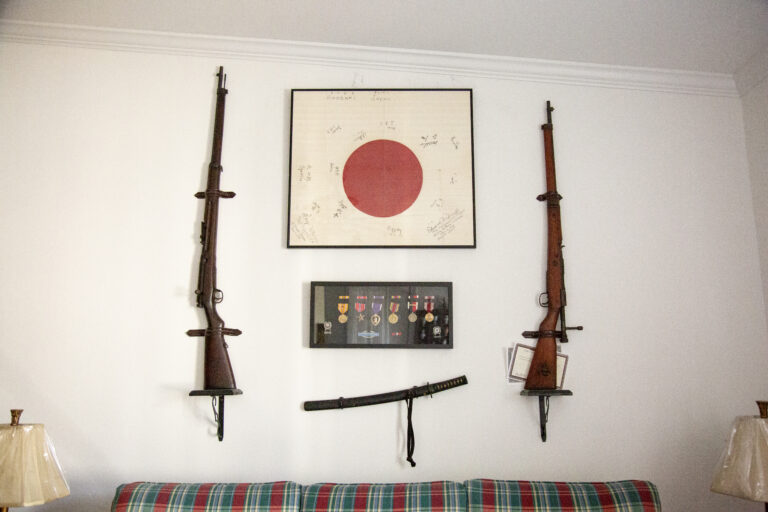
Since we were already enroute to Japan by boat, we continued on our way there. We went into the town of Hirosaki, in the northern end of Japan.
It was a nice little town. I was there for six weeks, and met this family of women. We had a good time; they all spoke English. When I was ready to leave, they gave me a flag with all the names of all the fellows who were there, and all the women and the men, American and Japanese on it. It was January 4, 1946, when they presented it to me.
Afterwards, I always wanted to go back. I tried a few times to get in touch with the family, but nobody ever answered.
I earned two purple hearts for my service, one from the gun shot, and the other because one of my fingers got cut off with a bread slicer.
During my time, we lost a lot of people who were killed and wounded, about 40%. The marines lost about 60% when they invaded the big island on Palau.”






